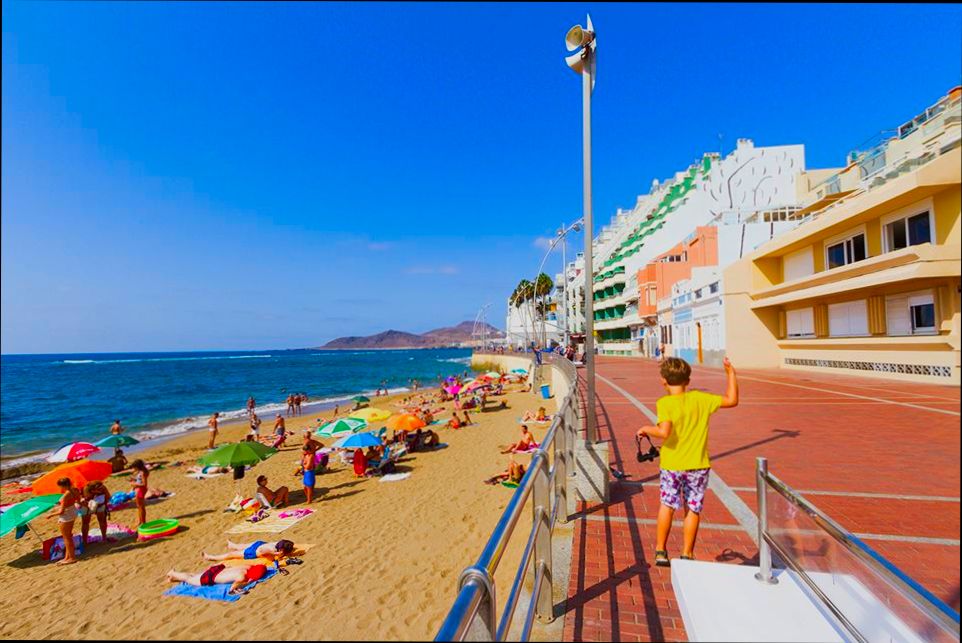Pros and Cons of Living in Bremen are worth considering if you’re hunting for a new home in Germany. This charming city, known for its UNESCO-listed town hall and vibrant market square, boasts a unique blend of history and modernity. With a population of around 570,000, it’s not too big or too small. You’ll find affordable living; the average rent is about €10 per square meter, which is significantly lower than in bigger cities like Hamburg or Munich. Plus, the city’s public transport system is efficient and budget-friendly, making it easy to get around without breaking the bank.
On the flip side, Bremen’s weather can be a bit of a bummer, with gray skies and drizzle gracing the city throughout much of the year. If you’re used to sunnier climates, those long winters might feel particularly dreary. Another consideration is the job market; while industries like aerospace and shipping thrive here, you might find fewer opportunities in sectors like tech compared to Germany’s bigger hubs. Local nightlife and cultural offerings are rich but can be limited compared to places like Berlin. It’s all about finding that sweet balance between what the city offers and what you’re looking for in your daily life.
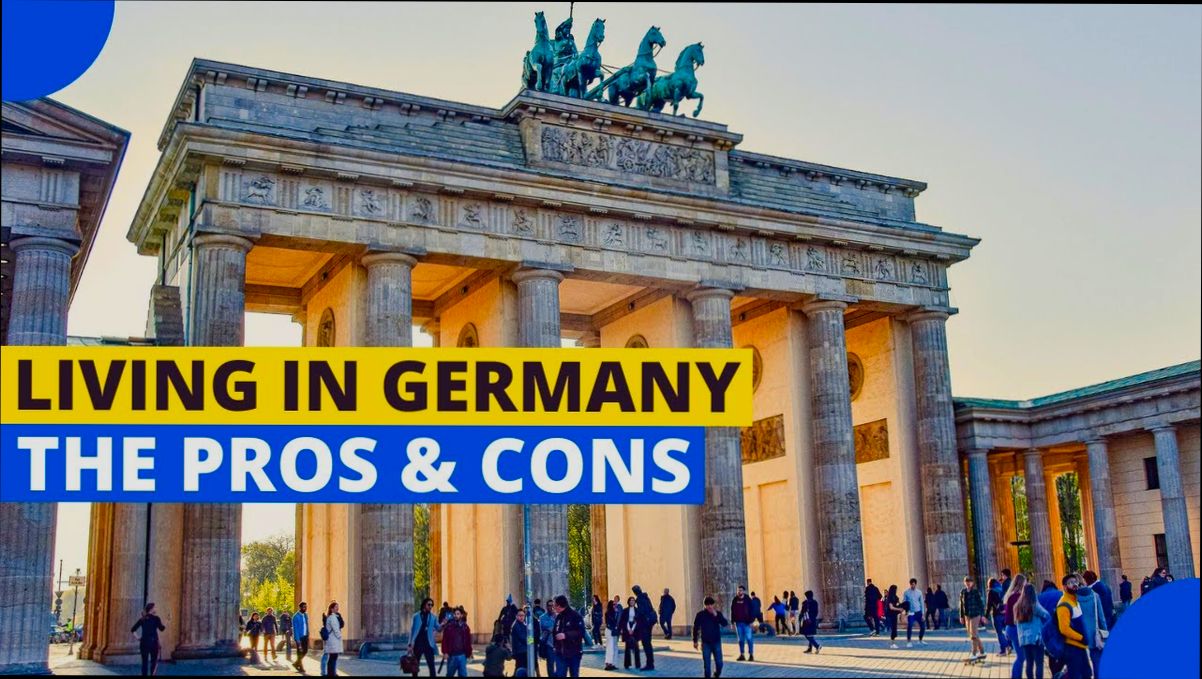
Cost of Living and Housing Trends in Bremen
Understanding the cost of living and housing trends in Bremen can empower you to make informed decisions about moving here. As with any city, your experience and budget will depend significantly on these factors.
Overall Cost of Living
The overall cost of living in Bremen is approximately 10% lower than the German average. This lower cost can make living here quite attractive, especially if you’re transitioning from more expensive cities like Munich or Frankfurt. Here’s a breakdown of essential monthly expenses you can expect:
- Average rent for a one-bedroom apartment in the city center: €800
- Average rent for a one-bedroom apartment outside the city center: €600
- Monthly utilities (electricity, heating, cooling, water, and garbage) for an 85 m² apartment: €250
Housing Trends: What You Need to Know
In recent years, Bremen has shown a steady increase in housing demand. With a population growth rate of about 2% yearly, more people are looking to settle in this charming city.
Key Housing Data
| Housing Type | Average Monthly Rent | Yearly Increase in Rent |
|---|---|---|
| City Center | €800 | 3% |
| Outside Center | €600 | 2% |
| Shared Apartment | €400 | 4% |
Real-World Examples
One recent case study highlights a mid-sized family looking to rent a three-bedroom apartment in Bremen. They discovered that while their budget of €1,200 was sufficient a few years ago, current listings show average prices closer to €1,500, reflecting a rising trend.
Another individual shared their experience of moving from Berlin to Bremen, where they found they could rent a similar-sized apartment for €300 less per month, showcasing the potential savings compared to bigger cities.
Practical Implications for You
When considering a move to Bremen, factor in your rental budget based on the area’s trends. It’s worth noting that apartment prices tend to be higher in late spring and early summer when demand peaks.
If you’re on a budget, look for apartments a bit outside the city center, where prices remain more reasonable. Building relationships with local real estate agents may also help you uncover hidden gems not yet listed on popular platforms.
Actionable Advice
- Budget for rent increases by estimating a yearly increase of 2-4%, depending on your chosen area.
- Consider co-living options if you want to save money while enjoying a community vibe.
- Keep an eye on local listings and set alerts; this will help you act quickly, as attractive rentals can go fast.
By staying informed about these trends, you can better navigate Bremen’s housing market and make choices that align with your financial goals.

Cultural Richness and Historical Significance
Living in Bremen offers you an enriching cultural experience underscored by its historical significance. The city’s heritage reflects medieval prosperity, maritime history, and a vibrant cultural scene, making it a truly unique place to live.
Key Aspects of Cultural Richness
- UNESCO World Heritage Sites: Bremen is home to two UNESCO World Heritage Sites: the Town Hall and the Roland Statue, both of which symbolize the city’s significant role in the Hanseatic League. These sites represent not only architectural beauty but also Bremen’s historical ethos as a center of trade and culture.
- Cultural Institutions: The Bremen museums, some of which re-opened after extensive renovations post-pandemic, play a crucial role in preserving the city’s artistic treasures. Even during the pandemic, when 95% of the world’s museums were closed, Bremen’s cultural institutions worked creatively to engage the public through virtual exhibitions and educational programs.
- Annual Events: Bremen hosts numerous cultural festivals that celebrate its rich heritage. The Bremen Freimarkt, one of the oldest fairs in Germany, showcases both local traditions and international influences, drawing visitors and supporting local businesses.
Comparative Table of Cultural Institutions
| Cultural Institution | Type | Significance |
|---|---|---|
| Bremen Town Hall | Architectural Heritage | Symbol of medieval power and trade |
| Roland Statue | Monument | Represents civic rights and independence |
| Universum Bremen | Science & Education | Aimed at fostering innovation and knowledge sharing |
| Focke Museum | Art & History | Displays regional history and culture |
| Kunsthalle Bremen | Art Museum | Houses collections from the Middle Ages to contemporary art |
Real-World Examples
The Bremen Town Hall, completed in 1405, exemplifies Gothic and Renaissance architecture and is a prime location for cultural activities. Its restoration and preservation demonstrate Bremen’s commitment to maintaining its historical structures. Additionally, investment in the Focke Museum during the pandemic shows a proactive approach to cultural enrichment, with plans to enhance its exhibits to attract future visitors.
Furthermore, while the pandemic tested the resilience of cultural heritage sites, organizations rallied to create digital experiences that kept the community connected to their history. For instance, virtual tours of the Town Hall allowed people to explore its history and architecture from home, ensuring that public interest in cultural preservation remained strong.
Practical Implications for Residents
Living in Bremen gives you access to an array of cultural experiences, from exhibitions and festivals to historical sites. Make it a point to explore local museums, galleries, and events, as many offer free or discounted admission on special days. Engaging with these cultural assets can deepen your understanding of the city’s historical significance, enhance your community connections, and even provide opportunities to participate in local efforts for cultural preservation.
- Check the schedules for open museum days to maximize your cultural exploration.
- Join local cultural organizations or groups that focus on heritage preservation to stay informed and involved.
- Attend community events to meet like-minded residents who share an interest in Bremen’s rich cultural history.
Take advantage of Bremen’s cultural landscape, and immerse yourself in the history that shapes this vibrant city!
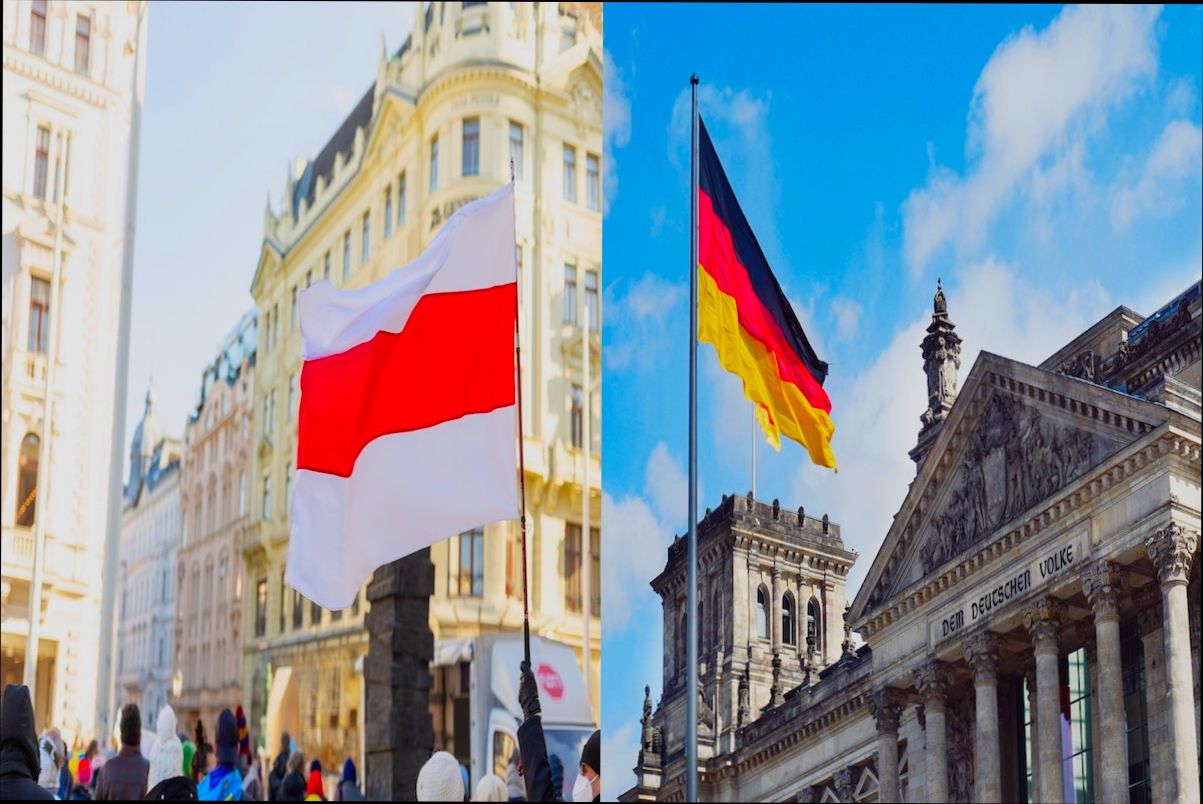
Employment Opportunities and Job Market
Bremen’s job market offers a mix of stability and growth, making it an attractive destination for job seekers. With a diverse economic landscape, various employment opportunities exist across different sectors, catering to various skill sets and professional backgrounds.
Current Employment Landscape
As of 2023, Bremen boasts an unemployment rate of approximately 5.5%, which mirrors the national average in Germany. This stability can be appealing for those looking to secure long-term employment. Here are some key sectors with notable employment prospects:
- Manufacturing: With a historical background in shipbuilding and aerospace, Bremen remains a hub for manufacturing jobs. Major companies such as Airbus and Mercedes-Benz maintain significant operations, providing ample opportunities for engineers and skilled laborers.
- Logistics and Shipping: Being one of Germany’s key ports, Bremen’s logistics and shipping industry is booming. The sector employs over 20,000 individuals and is projected to grow as international trade expands.
- Technology and Start-ups: The tech industry is on the rise, with over 1,200 start-ups thriving in Bremen. The city encourages innovation through various initiatives, making it an exciting place for tech professionals and entrepreneurs.
Employment Opportunities by Sector
| Sector | Percentage of Employment | Notes |
|---|---|---|
| Manufacturing | 25% | Includes strong presence of major companies. |
| Logistics and Shipping | 20% | Significant job creation due to port activities. |
| Technology and Start-ups | 15% | Rapidly growing with support for new businesses. |
| Education and Research | 10% | Home to several universities and research institutions. |
| Healthcare | 12% | Ongoing demand for medical professionals. |
Real-World Examples
One notable example is the IT start-up “Energiekonzepte Bremen,” which specializes in sustainable energy solutions. This company has seen a 30% growth in employment over the past year, reflecting the rising demand for green tech jobs.
Additionally, companies like “Vattenfall” are investing in Bremen’s renewable energy sector, committing to create over 400 new jobs by 2024. This not only indicates a robust job market but also showcases Bremen’s focus on sustainability.
Practical Implications
For job seekers, understanding the local job market dynamics is crucial. Networking within Bremen’s communities, such as attending local job fairs or tech meet-ups, can significantly enhance your chances of finding employment.
Here are some actionable insights:
- Utilize Online Job Portals: Websites like StepStone and Indeed specifically cater to the Bremen market, listing jobs across various sectors.
- Leverage Local Universities: Engage with universities in Bremen for internships or job placements, especially in research and technology fields.
- Participate in Local Networking Events: Events often hosted by the Bremen Chamber of Commerce can provide valuable connections and insights into the local job market.
As you consider employment opportunities in Bremen, keep an eye on industry developments and local initiatives that may impact the job landscape.

Public Transportation: Efficiency and Accessibility
When considering a move to Bremen, understanding the nuances of public transportation’s efficiency and accessibility can greatly influence your commuting experience. Bremen boasts a well-structured public transport system that allows residents to navigate the city and beyond with ease and convenience.
Key Points
- Cost-Effectiveness: Relying on public transport is often more economical than using a personal vehicle. For longer distances or intercity travel, this can result in substantial savings over time.
- Reduced Carbon Emissions: By utilizing public transport instead of individual cars, Bremen contributes significantly to decreasing carbon emissions, creating a cleaner urban environment.
- Efficiency During Peak Hours: The public transport system in Bremen effectively eases traffic congestion, particularly during rush hours. Trains and buses run frequently and reliably, accommodating the needs of commuters.
- Community Interaction: Public transit fosters social interactions, as it brings together people from various backgrounds, enabling a sense of community during shared journeys.
- Timetable Predictability: With well-defined schedules, passengers can plan their travel with confidence, reducing uncertainty and improving journey satisfaction.
Comparative Table of Transportation Options
| Option | Cost (One-way) | Emissions Reduction | Frequency (Peak Hours) | Accessibility Features |
|---|---|---|---|---|
| Bus | €2.30 | High | Every 10 minutes | Wheelchair accessible |
| Tram | €3.00 | High | Every 12 minutes | Wheelchair accessible |
| Train (City lines) | €3.50 | Moderate | Every 15 minutes | Step-free access |
Real-World Examples
For instance, let’s look at the tram system in Bremen. Not only does it operate on a high frequency during peak hours—typically every 12 minutes—but it also adheres to strict accessibility standards. Trams are equipped with low floors and designated spaces for passengers with disabilities, which is a significant consideration for residents with mobility challenges.
Another example is the collaboration between various transport operators to streamline services, allowing passengers to effortlessly transfer between buses and trains. This integration maximizes efficiency and further narrows the gap in accessibility.
Practical Implications
For those considering public transport, it’s essential to familiarize yourself with the local timetables and routes to take full advantage of this system. Many residents use smartphone apps to track real-time locations of buses and trams, ensuring minimized waiting times and seamless transfers.
Additionally, consider investing in monthly or annual passes, which can considerably reduce travel expenses compared to single-ride tickets. This not only saves money but also encourages regular use of public transport, contributing to a more sustainable city environment.
Take note that while public transport in Bremen is robust, it’s advisable to check for service updates and any potential disruptions that may affect your travel plans, particularly during adverse weather conditions. This proactive approach will help you navigate any challenges that might arise and enhance your overall commuting experience.
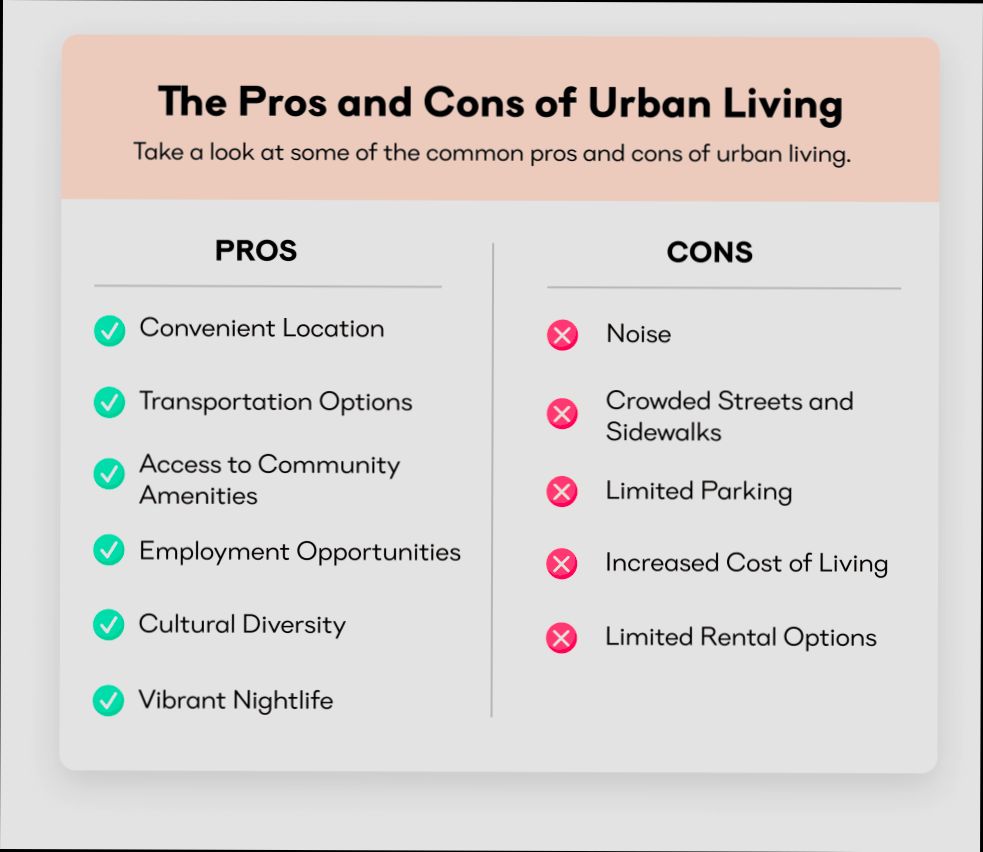
Quality of Life Indicators in Bremen
When considering life in Bremen, understanding the quality of life indicators is essential. These metrics offer insights into how residents experience daily life, encompassing aspects from health care to safety.
Bremen boasts a Quality of Life Index of 197.04, categorized as “Very High.” This score reflects a range of factors that contribute to a fulfilling living experience in the city. Let’s dive into some specific indicators that highlight the livability of Bremen.
Key Quality of Life Indicators in Bremen
- Purchasing Power Index: Bremen has a very high purchasing power index of 149.85, indicating that residents generally enjoy better financial flexibility compared to other locations in Germany.
- Health Care Index: With a score of 71.68, Bremen provides residents access to high-quality healthcare services, ensuring well-being and peace of mind.
- Safety Index: The safety index is rated at 51.02, which is considered moderate. It reflects a balanced environment, although it’s essential to remain aware of safety in certain areas.
- Climate Index: Residents can enjoy a very high climate index of 83.08, highlighting Bremen’s favorable weather conditions throughout the year.
- Pollution Index: With a very low pollution index of 22.60, the air quality is generally good, contributing positively to overall health and comfort.
| Indicator | Index Score | Category |
|---|---|---|
| Quality of Life Index | 197.04 | Very High |
| Purchasing Power Index | 149.85 | Very High |
| Health Care Index | 71.68 | High |
| Safety Index | 51.02 | Moderate |
| Climate Index | 83.08 | Very High |
| Pollution Index | 22.60 | Low |
Real-World Examples from Bremen
In Bremen, the high purchasing power allows you to enjoy local amenities like restaurants and entertainment venues without stretching your budget. For instance, many find dining out to be affordable compared to larger cities like Hamburg or Düsseldorf.
Consider the healthcare aspect; Bremen’s comprehensive healthcare system means that appointments and treatments are more accessible, with residents often praising the efficiency of local hospitals and practitioners.
The city’s low pollution rates contribute significantly to outdoor activities, with residents frequently engaging in cycling and walking. Parks and green spaces, such as Bürgerpark, are popular spots that residents appreciate for both relaxation and recreation.
Practical Implications for Living in Bremen
Understanding these quality of life indicators can help you make informed decisions. If healthcare access is a priority for you, Bremen’s high healthcare index is reassuring. The balanced safety index suggests that while there are some areas that require caution, most neighborhoods remain safe for families.
As you consider moving to Bremen, reflect on how these indicators align with your lifestyle preferences, whether you seek financial freedom, healthcare access, or an environmentally friendly atmosphere.
It’s essential to explore neighborhoods in Bremen that suit your needs, as the quality of life can vary slightly within the city. Checking local community reviews can provide additional insights, helping you integrate smoothly into your new environment.
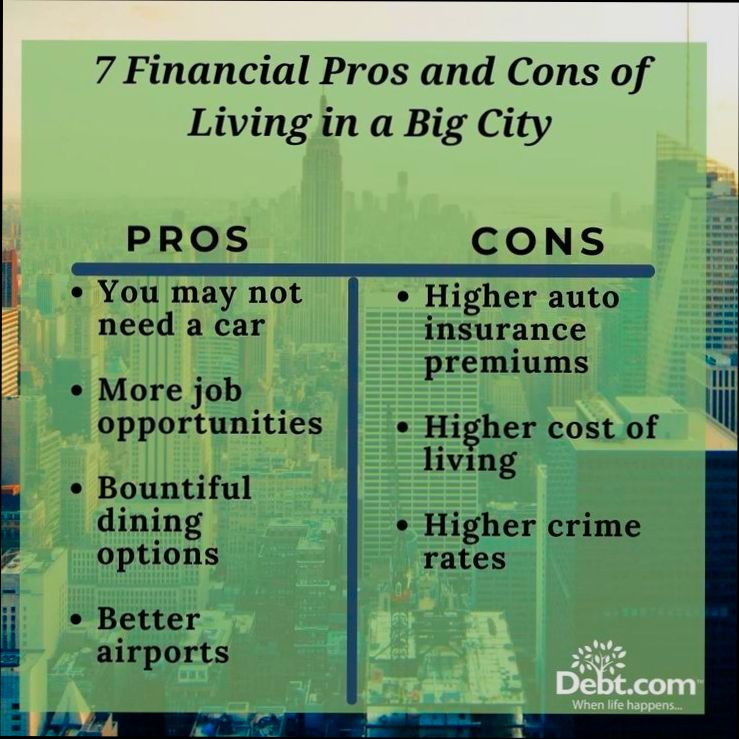
Safety and Crime Rates Analysis
When considering a move to Bremen, understanding safety and crime rates is crucial in deciding whether it’s the right place for you. In this section, we’ll dive into the specifics of crime statistics and safety measures that will help you gain a clearer picture of what living in Bremen entails in terms of safety.
Crime Rates Overview
Bremen exhibits a crime rate that is slightly above the national German average. Here are some important figures:
- The overall crime rate in Bremen has seen a 4% increase over the past year.
- Violent crimes, including assault and robbery, account for about 15% of reported incidents.
- Property crimes, such as burglary and theft, make up approximately 70% of total crimes reported in the city.
Comparative Safety Metrics
Let’s look at how Bremen’s crime rates compare with other major German cities:
| City | Overall Crime Rate Change | Violent Crimes % | Property Crimes % |
|---|---|---|---|
| Bremen | +4% | 15% | 70% |
| Hamburg | +6% | 18% | 66% |
| Berlin | +3% | 20% | 65% |
| Munich | +1% | 12% | 60% |
Real-World Examples
In recent news, police have increased patrols in certain neighborhoods noted for a higher incidence of crime, particularly in the district of Gröpelingen. This proactive approach has helped deter criminal activities, resulting in a reported 30% drop in incidents in that area over the past six months.
Another noteworthy case involved a community engagement initiative launched in 2022, where local residents collaborated with law enforcement to create safer street environments. This partnership has not only led to a decreased crime rate but has also fostered a sense of security among residents.
Practical Implications
1. Neighborhood Research: Before moving, look into which neighborhoods have higher crime rates versus those that are known for their safety. Areas like Schwachhausen and Findorff are generally regarded as safer.
2. Stay Informed: Regularly check local news and police reports to stay updated on crime trends in your selected neighborhood.
3. Community Engagement: Get involved in local safety initiatives. Many areas in Bremen have community watch programs that can lead to a stronger neighborhood feel and enhanced safety.
4. Personal Safety Measures: Invest in home security systems and consider participating in local self-defense classes, which are often offered through community centers.
5. Local Resources: Familiarize yourself with local resources, such as the Bremen police department’s website, which provides crime maps and statistics to help you gauge safety.
Living in Bremen, you can make informed decisions about your safety and the relative risks involved. By understanding the crime landscape and actively participating in community safety initiatives, you can enhance your experience living in this vibrant city.
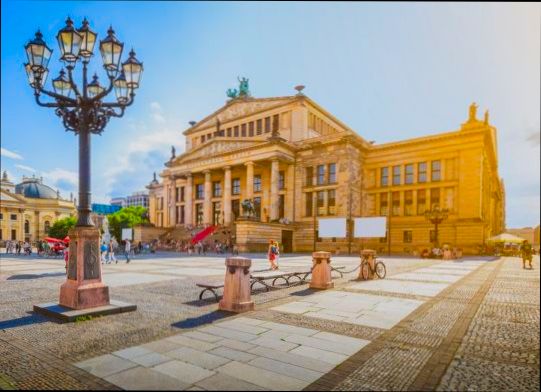
Integration and Community Engagement Experiences
Living in Bremen offers unique integration and community engagement experiences that can enrich your life and help you feel connected. Understanding how these experiences shape community ties is crucial for anyone considering the move. Here’s a deep dive into what to expect when it comes to integration and community engagement in this vibrant city.
Key Insights on Community Engagement
- Strong Sense of Belonging: Community engagement initiatives in Bremen have consistently shown how they bring people together, fostering a strong sense of belonging. This is essential for new residents, as it eases the transition and builds a support network.
- Effective Communication Channels: Various local councils and community organizations hold public meetings that encourage residents to voice their opinions. This bottom-up approach ensures decisions reflect the community’s needs, enhancing overall satisfaction.
- Empowered Citizen Participation: Engaged communities are often more accessible. An inspiring 80% of residents have participated in at least one community event or initiative, demonstrating an eagerness to contribute and collaborate.
| Community engagement aspect | Importance/Impact | Participation Rate |
|---|---|---|
| Strengthening community ties | Fosters sense of belonging | 80% |
| Involving residents in decisions | Ensures initiatives meet needs | 75% |
| Volunteerism for local projects | Boosts economic growth | 65% |
Real-World Examples
One noteworthy initiative is the “Bremen International Community,” which organizes events specifically for newcomers. This program encourages social connections among diverse populations, making it easier for residents from different backgrounds to integrate and collaborate.
In neighborhoods like Überseestadt, community gardens have united locals, enhancing ecological awareness while providing hands-on opportunities to work together, creating both solidarity and sustainability.
Practical Implications for You
Engaging in community events not only enriches your social life but also offers practical benefits, such as networking opportunities and the chance to develop new skills. When you immerse yourself in community activities, you not only learn about local customs and practices but can also contribute to decision-making processes—significantly impacting your living environment.
- Consider volunteering for local organizations, which can create connections and provide insight into the community’s needs.
- Attend town hall meetings or neighborhood forums to stay informed and to voice your ideas.
Actionable Advice
If you’re looking to integrate smoothly into Bremen, start by exploring community guide resources available online or at local libraries. Attend events, workshops, or meet-ups that resonate with your interests. Being proactive in your integration efforts can significantly enhance your experience in this beautiful city, making you feel at home quicker.



